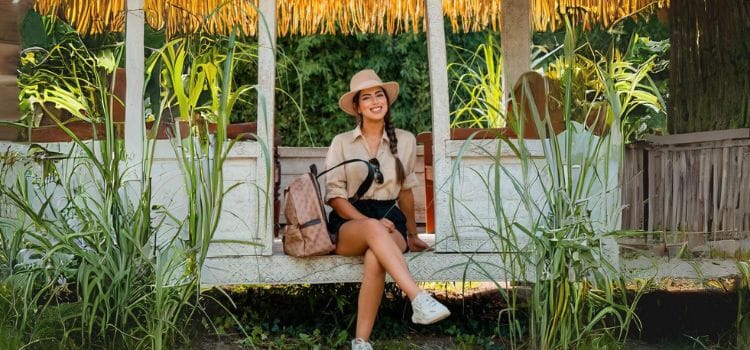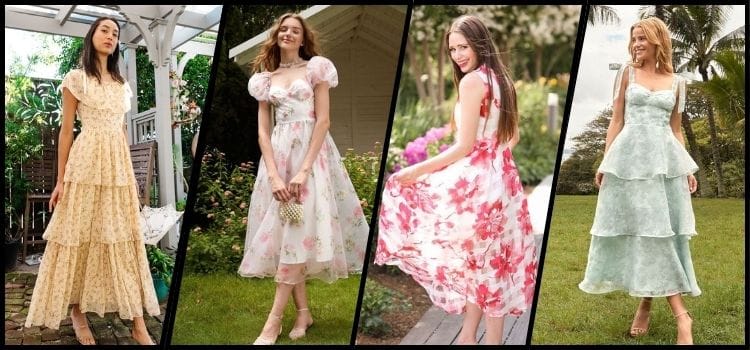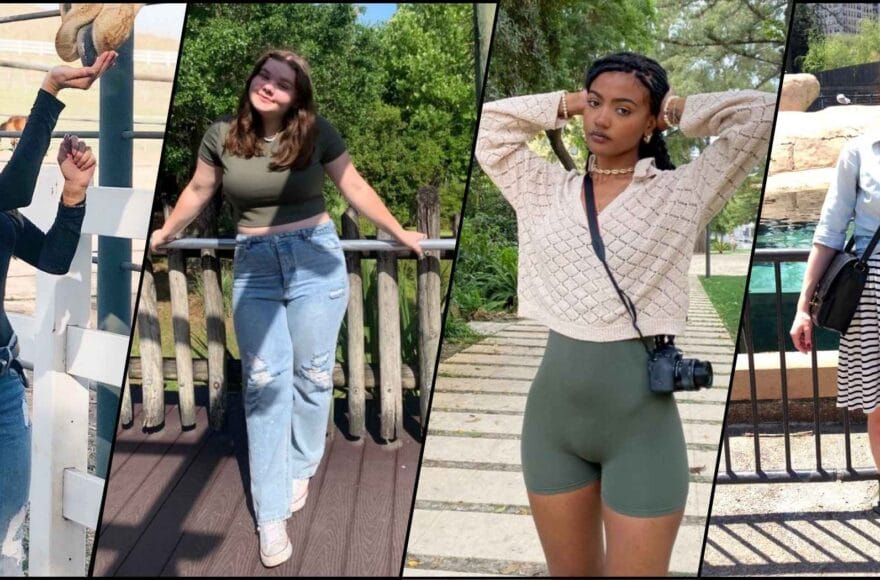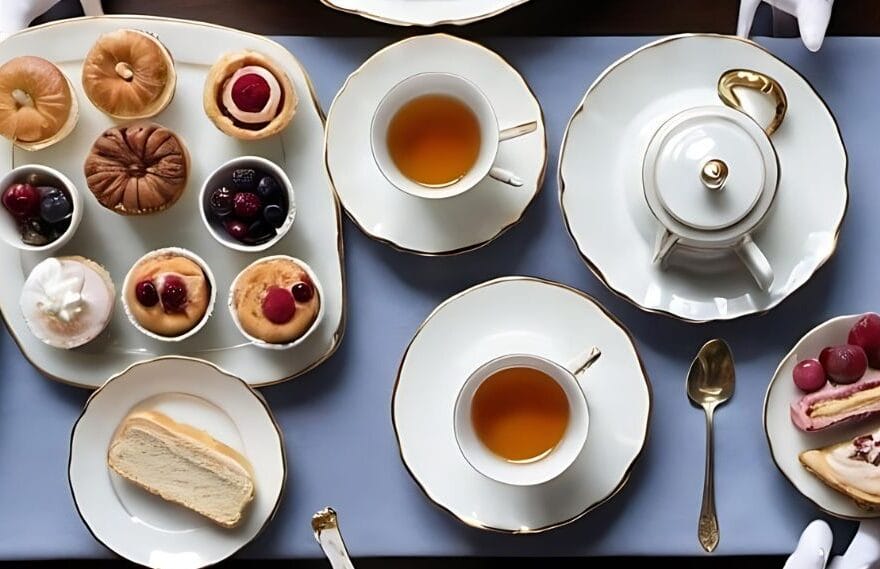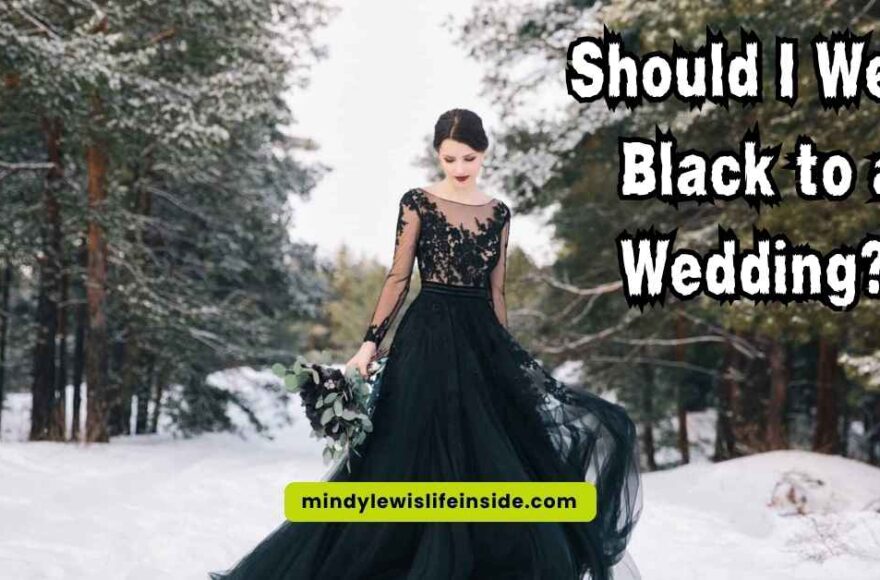Should I Wear a Tie to an Interview? Dress Code Explained
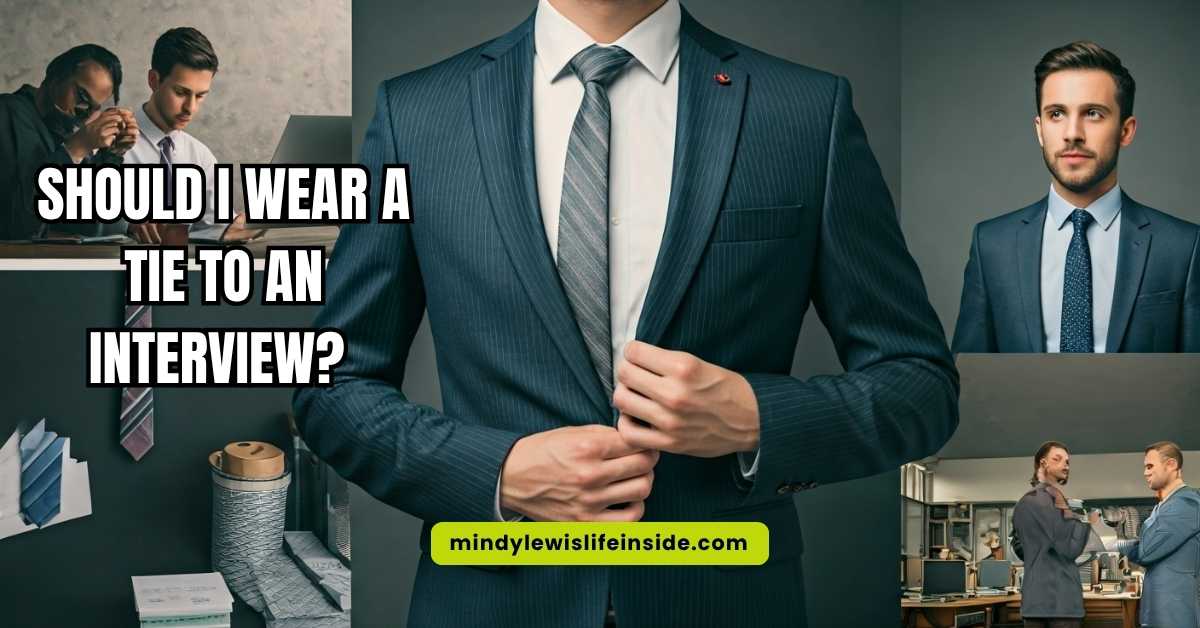
As an Amazon Associate, I earn from qualifying purchases
Attending a job interview can make you feel nervous, but what you wear is very important. The right attire can help boost your confidence and leave a good impression on your interviewer. You may wonder if you should wear a tie to the interview.
Choosing your job interview attire may seem tricky, but it shows how serious you are about the job. What you wear can show your professionalism and your commitment to the role.
In the next sections, we will help you understand company dress codes, what an employer may expect, and whether you should wear a tie at a job interview.
Understanding Interview Dress Codes in the U.S.
The dress code for interviews is not the same in every industry in the U.S. Some places have a very formal dress code, while others are more relaxed. It is important to know about these differences and pick the right attire for the interview. This helps you make a good impression at the start. In jobs like finance or other office roles, you should wear a suit and tie. This shows respect and that you can fit into the workplace.
In fact, wearing a tie to an interview can signal professionalism, respect, and seriousness about the opportunity. According to recent reports, 71% of hiring managers would reject underdressed candidates, and 62% say dress sense affects hiring decisions. Proper attire can therefore increase your chances of success by aligning perceptions with employer expectations.
For jobs that are more casual, like tech jobs, business casual is often fine. A dress shirt and a blazer can still show that you are reliable and serious about the job. Now, let’s see what most employers want in how you dress!
What Employers Expect from Candidates
Employers make quick decisions about you based on your attire. The way you shake hands, your blazer, and if your shoes shine—these details matter. People will see if you are ready, neat, and sure of yourself. What you wear shows your respect for the company and tells them you know the dress code.
First impressions are crucial—33% of hiring managers decide on hiring within the first 30 seconds of the interview. This means your outfit, including whether you wear a tie, can have a direct impact on your chances.
Choosing what to wear is about more than just looks. You need to fit what they expect. For example, if you go to a formal meeting for a manager job, wearing a sharp suit and tie shows that you can lead. But in some newer workplaces, a nice business casual look works better, and you do not need a tie.
Do not forget the small things. Make sure your dress shirt does not have any wrinkles. Pick black leather shoes instead of casual loafers. These little things show that you notice the details. This can help you stand out from other people. Next, we will talk about what different industries want when it comes to dress code!
Differences Between Formal, Business Casual, and Creative Industries
Not sure what to wear for different jobs? Here is an easy guide to help you understand dress codes:
| Dress Code | Key Features | Best Suited For |
|---|---|---|
| Formal | Suit, tie, polished shoes, and a shirt that’s neat and ironed. | Corporate offices and banking roles |
| Business Casual | Blazer, dress shirt, chino pants, and dress shoes. | Tech companies and start-ups |
| Creative | Outfits that are stylish, yet relaxed. This could mean bold patterns, a slim-fit dress shirt, or no tie. | Media, advertising, and design jobs |
Formal jobs require people to wear strong, neat outfits like a navy suit with a nice tie. In fact, career sites like StandOut CV and CareerPlanner.com recommend blue suits with striped ties, citing studies showing increased trust and favorable impressions with such attire.
The business casual look is not as strict and lets you pick smart and comfortable clothes. Creative industries want your attire to show who you are. You can wear what you like, even a bright blazer or a dress shirt with fun patterns.
These styles help you fit in with the people at your work. Now, let’s think about one thing many people ask—do you need a tie or not?
Beginner’s Guide: Deciding Whether to Wear a Tie to an Interview
Still not sure if you should wear a tie? Here’s a simple way to help you choose. A tie isn’t always needed, but you won’t go wrong by playing it safe. If you wear a tie with a dress shirt and blazer, you show that you respect the interview process.
Most career advisors and professional stylists agree: when in doubt, wear a tie to signal professionalism and seriousness. Overdressing is usually favored over underdressing, and dressing slightly above expectations is safer.
Social media discussions and LinkedIn posts also highlight that a tie presents a positive impression, with some exceptions for climate or comfort.
But keep in mind, some jobs need a tie more than others. If you have an interview for a finance job, a tie is often expected. For jobs in tech or creative fields, you may not need one at all. Keep reading so you can learn more about what the company expects and what the job needs from you!
Assessing the Company Culture and Position Requirements
Knowing the company culture helps you choose the right interview attire. Here are some simple ways to check:
- Review the job description and email communication: Sometimes, the company will tell you the dress code in the interview invitation email.
- Research the company’s online presence: Go to their website or LinkedIn page. See if people who work there wear ties or not.
- Ask your HR contact directly: You can email the recruiter and politely ask about dress code expectations.
- Check similar roles in the industry: Some jobs, like creative directors, may have a more casual style. But roles like business analysts might need you to dress more formally.
If you talk to clients in your job, you should wear a blazer and tie. For more casual jobs or at smaller start-ups, business casual is often enough. Want more tips? Read our conclusion next!
Conclusion
To sum up, what you wear to an interview can have a big effect on your first impression. It’s important to know the differences between dress codes like formal, business clothes, and business casual. This will help you decide what is best for each job you go for.
Always take some time to look at the company and the team before you pick your attire. Thinking about the company culture and your role will help you know if you should wear a tie or not. The idea is to show you are ready to work, look professional, and fit in with everyone.
Before any interview, check your clothing choice and be sure they match what the company wants to see. If you want to get some help with your interview attire, just let us know.
FAQ
Are there industries where ties are more acceptable than others during interviews?
Yes, certain industries prioritize formal attire, making ties more acceptable during interviews. Fields like finance, law, and corporate roles often expect a professional appearance, including ties.
Conversely, creative industries may favor a more casual approach. Always research the company culture to choose your attire wisely.
As an Amazon Associate, I earn from qualifying purchases




